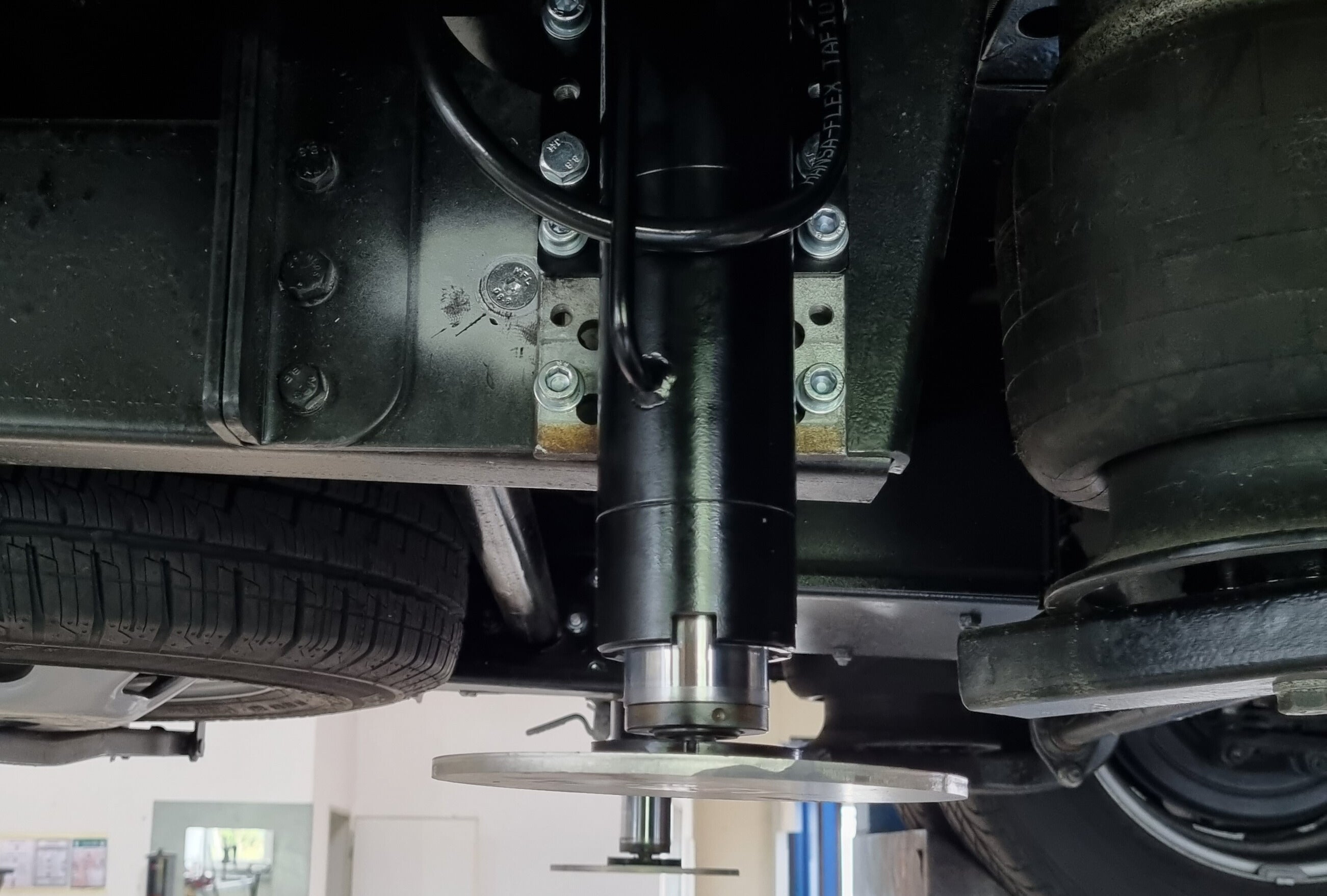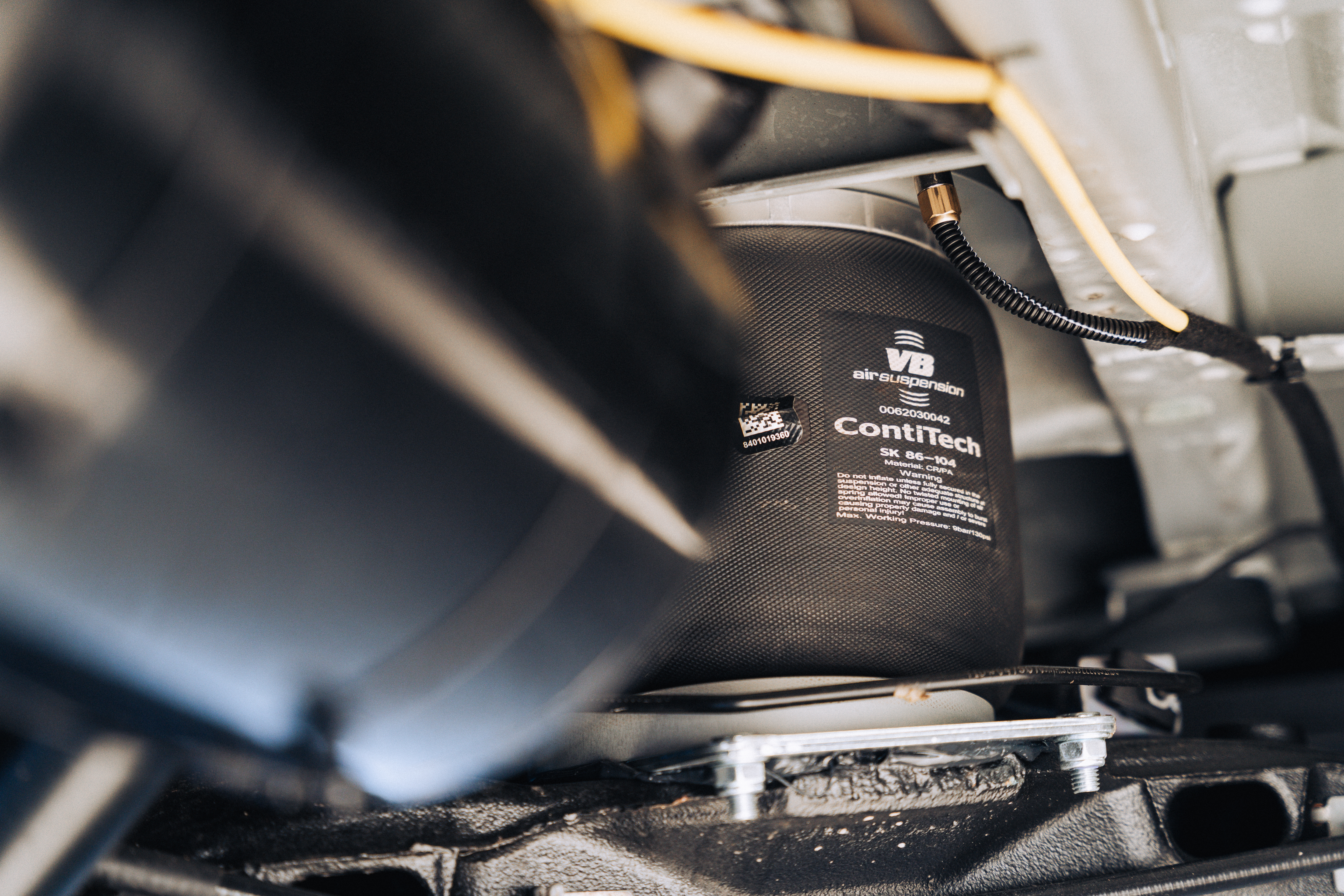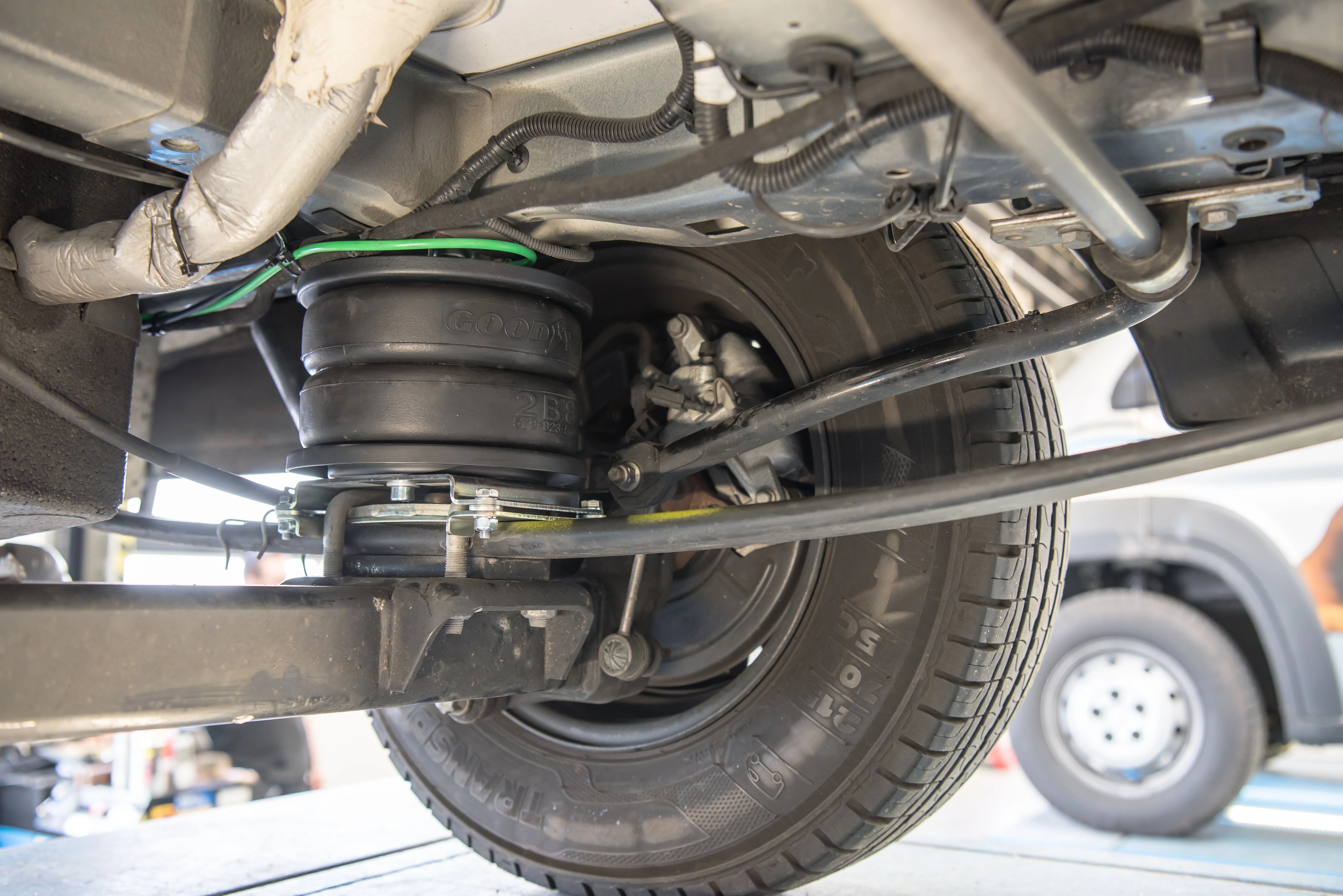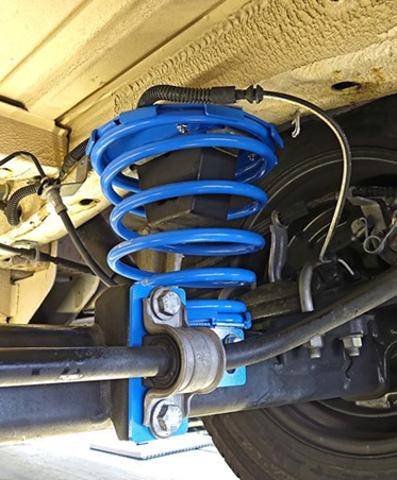Gross Vehicle Weight (GVW) Uprating - What is it?
If you own a motorhome or campervan you've probably loaded up your vehicle for a trip away and thought ''That is a lot of stuff!''.
When you step back and think about it, your ‘home on wheels’ is loaded up with luggage, kitchen essentials (including a fridge full of food and drink), water tanks filled and you are taking leisure accessories such as camping equipment and bikes etc.
All that, is without accounting for the weight of you and your passengers!
No wonder it easy to be close to your vehicles maximum weight carrying limit, this is know as Gross Vehicle Weight (GVW).
Not to worry, there is a solution if you're carrying too much and that is Gross Vehicle Weight Uprating.

What is GVW (Gross Vehicle Weight)?
GVW or MAM (Maximum Authorised Mass) is the total maximum weight of a vehicle, this is including; the vehicle itself, passengers, cargo, fuel and any optional accessories, that it can safely carry on the road. The GVW is set by the manufacturer and takes into account what the chassis, suspension, brakes and tyres are safely able to handle.
The DVSA are closely monitoring and enforcing weight regulations for vehicles, to ensure they're within their legal limits. A new statistic from the DVLA showed that 40% of drivers are unaware that their vehicle is overloaded. If you are over your vehicles GVW, it can lead to fines, insurance and safety issues.
You’ll usually find the GVW listed on your vehicle’s VIN plate (often under the bonnet, inside the door frame or in your handbook). You can find more information on this here Vehicle weights explained - GOV.UK
Why GVW matters:
- Responsibility: The driver of the vehicle is responsible for ensuring the vehicle is not overloaded. This means the driver must ensure the passengers and any cargo etc does not exceed the specific weight limit capabilities of your vehicle
- Safety: Your vehicle's components are designed within . If you exceed the weight the vehicle is designed to carry then it can reduce the effectiveness of key components such as suspension and brakes. The vehicle can become more difficult to control.
- Penalties: Overloading a vehicle is illegal, if a vehicle is found to be overloaded, the Driver and Vehicle Standards Agency (DVSA) can issue a fixed penalty and penalty points.
- Insurance: If you’re involved in an accident while overweight, insurers may refuse to authorise your claim.

Why uprating might be needed
Many owners don’t realise how quickly their vehicle’s weight carrying allowance can be used up. Uprating isn’t about wanting to carry “too much”. it’s often about everyday essentials pushing you over the limit.
Here are the most common reasons you might need an uprate:
1. Motorhome upgrades add up
Every upgrade, no matter how small, adds weight. Awnings, satellites, solar panels, bike racks, more batteries and air-con units can quickly eat into your payload. By the time you’ve added your holiday essentials, you may already be over your GVW!
2. Travelling with family or friends
Passengers make a big difference to payload. A family of four with luggage can easily add up extra 2-300 KG. Factor in bikes, food and water, suddenly any spare payload is gone! Uprating ensures you can travel together without worrying about excess weight.
3. Off-Grid and adventure travel
More owners are fitting larger water tanks, gas bottles, inverters, solar panels and lithium batteries for off-grid freedom. Great for adventure but all add up additional KG’s. Uprating can give you the extra breathing space you need for self-sufficient travel without compromising safety.
4. Unexpected build weight
Some campervan and motorhome conversions can end up heavier than planned. High-quality materials used for furniture or that brilliant bed and seating system can tip the balance. This can leave owners with less payload than expected. Uprating your GVW can restore that lost carrying capacity.
5. Peace of mind on the road
Even if you’re not overloaded currently, uprating can provide a buffer for the future. Whether that’s carrying that e-bike you are looking at purchasing, upgrading your leisure batteries or simply not having to worry about every kilo before you set off!

How VB can uprate your vehicle
When uprating a vehicle, two things need to happen: 1. The base vehicle must be physically capable of carrying the extra load and 2. The new GWW uprate must be legally recognised and certified.
VB-Airsuspension takes care of both, we check the specification of your vehicle and advise you of the GVW uprate possibilities for your vehicle. We also let you know of the changes needed (on the vehicle) for you to safely and legally carry the additional load.
What are the changes that are usually needed?
Different base vehicle specifications vary, meaning there is not one set of changes or enhancements needed. They are vehicle specification based, however as a general rule of thumb here are the usual requirements:
1) Suspension: Installation of VB (air) suspension system(s) through our network of trained and accredited installation centres. Our suspension systems provide the additional support your vehicle needs to make carrying the additional weight safe. Depending on your requirements, this may mean fitting a full air suspension system such as VB-FullAir. Installing an auxiliary (air assist) system like VB-SemiAir or heavy-duty replacement or assister coil springs such as VB-CoilSpring.
Don't worry if you don’t know what you need, as we can advise on what VB system will help you unlock what level of GVW uprate. VB suspension solutions replace, reinforce or assist the standard suspension on your vehicle, improving stability, improves drivability when laden. This ensures the vehicle remains safe and comfortable to drive at its new uprated weight.
2) Wheels and Tyres: With the additional weight carrying capability obtained via GVW uprate, the current wheels and tyres need to be load rated high enough to legally carry the additional weight.
It's important to match (or exceed) the new axle weights/GVW achieved via the uprate, with the load rating of the wheels and tyres on the vehicle for safety. Using a wheel/tyre with a lower rating than what is capable of being carried can lead to instability, a blowout, cracked wheels and potentially void your insurance. We can check and advise if any changes are required to wheels/tyres.
3) Paperwork and New VIN Plate: Once the suspension has been installed and the other checks/changes have been carried out (i.e. suitable wheels/tyres are fitted), we also manage the uprating process itself through the installing VB-Dealer.
This includes preparing the necessary technical documentation for you vehicle and sending over an Uprate Pack specific to your vehicle and uprate. This pack includes the various certification required and recognised by the DVLA/DVSA and also a new VIN plate with the new uprate weights. The pack also has instructions of how you officially apply for the uprate with DVLA/DVSA and obtain a new V5 with new revenue weights so everything is legally completed.
The result of uprating your vehicle with VB-Airsuspension is a complete uprating service handled from start to finish giving you peace of mind that your vehicle is not only capable of carrying more but is also fully compliant to do so.
If you’ve discovered that your vehicle is running close to, or even over, its weight limit, you don’t need to compromise on safety, comfort, or the things you want to take with you.
Uprating gives you the extra capacity and peace of mind to enjoy your journeys without constantly worrying about every kilo. Find more information here!










